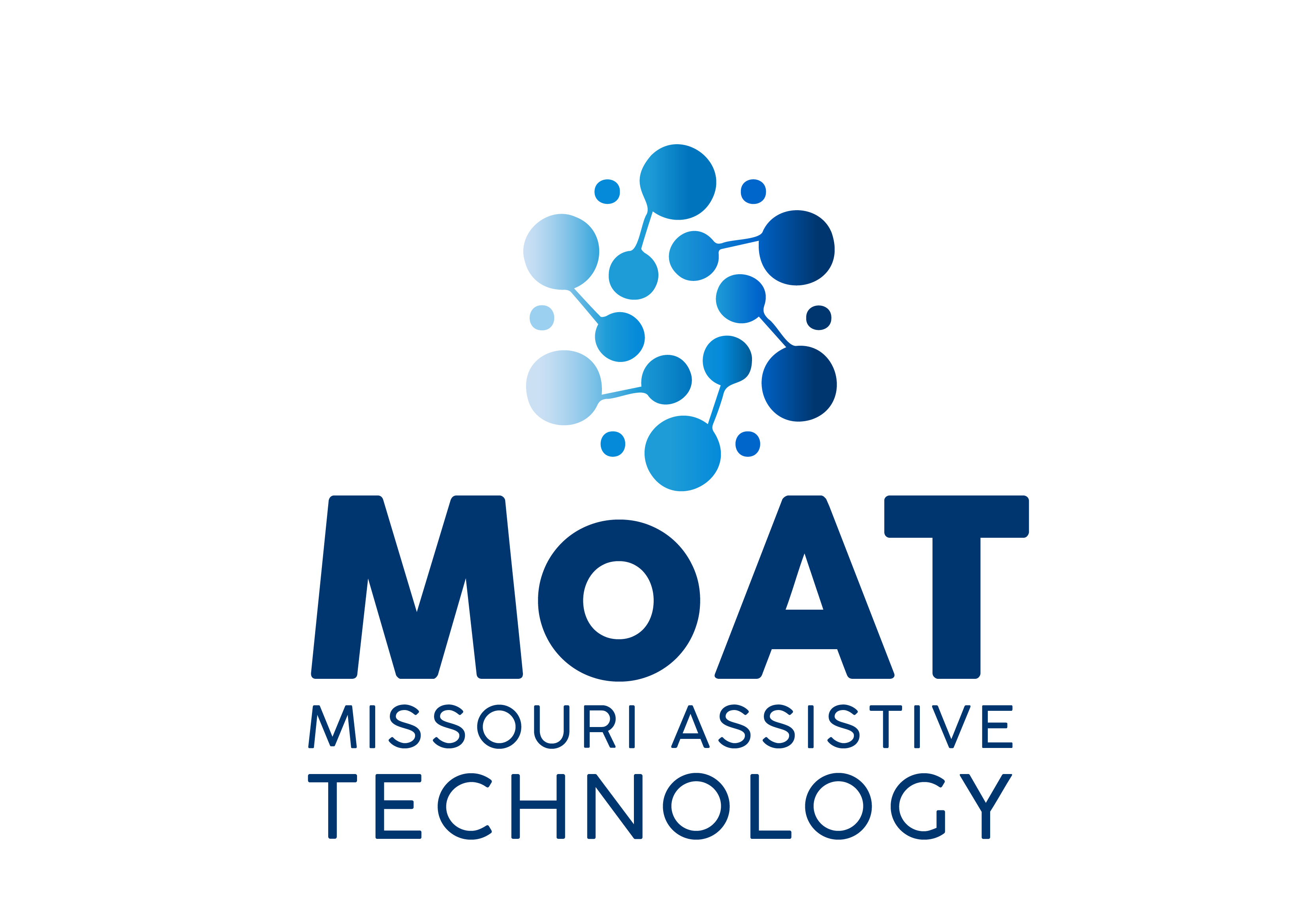We all create a lot of documents in our work life. While this topic can be filled with a lot of questions and confusion, the decision whether to put content into a document or a web page really boils down to one question: Does this have to be a document/PDF?
Does this have to be a document?
I bet you are now wondering, “What do you mean ‘have to’?” The following are examples of when you may need to present your content in document form:
- You’re required to make a document version of the content available by statute, policy, rule, and/or standard operating procedure.
- The content is intended primarily for print.
- The content includes custom functionality (most common in forms).
- A document is the only format accepted by a particular platform for hosting or submission.
- It is a spreadsheet that is conveying data.
- The content is exceptionally long and/or complex. Examples include: annual reports, technical manuals, etc.
Easy isn’t always better
When was the last time you took a moment to think about whether documents are the best format or whether they are just easier for you to make? A document is not always the best choice for sharing information.
For example, many of us use Microsoft Word to create documents. However, sharing them forces users to interact with a completely different interface. This means that you are forcing a majority of users to engage with an unfamiliar
tool. Mobile users may even end up in a separate application altogether because they are taken away from their web browser to view the document.
You may now think this is an argument to convert it to a PDF; however, it is not (sorry PDF lovers!). At times, creating accessible PDFs and remediating inaccessible PDFs can be complex and time consuming. It’s a skill that your
staff will need to be trained on and gain proficiency in for PDFs to be a viable document format for your organization to use.
Web pages are the most accessible option
Instead of using a document, put your content on a web page! HTML is always the most accessible, mobile-friendly, easy-to-update, and user-friendly format.
Benefits of using a web page
- No tagging or guessing on accessibility: Web content is usually much easier to make accessible than documents.
- Translatable: Built-in browser translators, like Google Translate, can instantly transform your content into the language preferred by the reader.
- Single-source: You’ll never have to worry about “which version” you’re linking to, because you can update web pages whenever you need to without having to manage versions of a file.
- Easier for users: Giving visitors a single experience (browsing your web content) means that you’ll be providing consistent navigation, clickability cues, and more. Save users time, frustration, and confusion.
So, the next time you need to publish content, ask yourself, “Does this have to be a document?” If the answer is “no,” then make it a web page.

